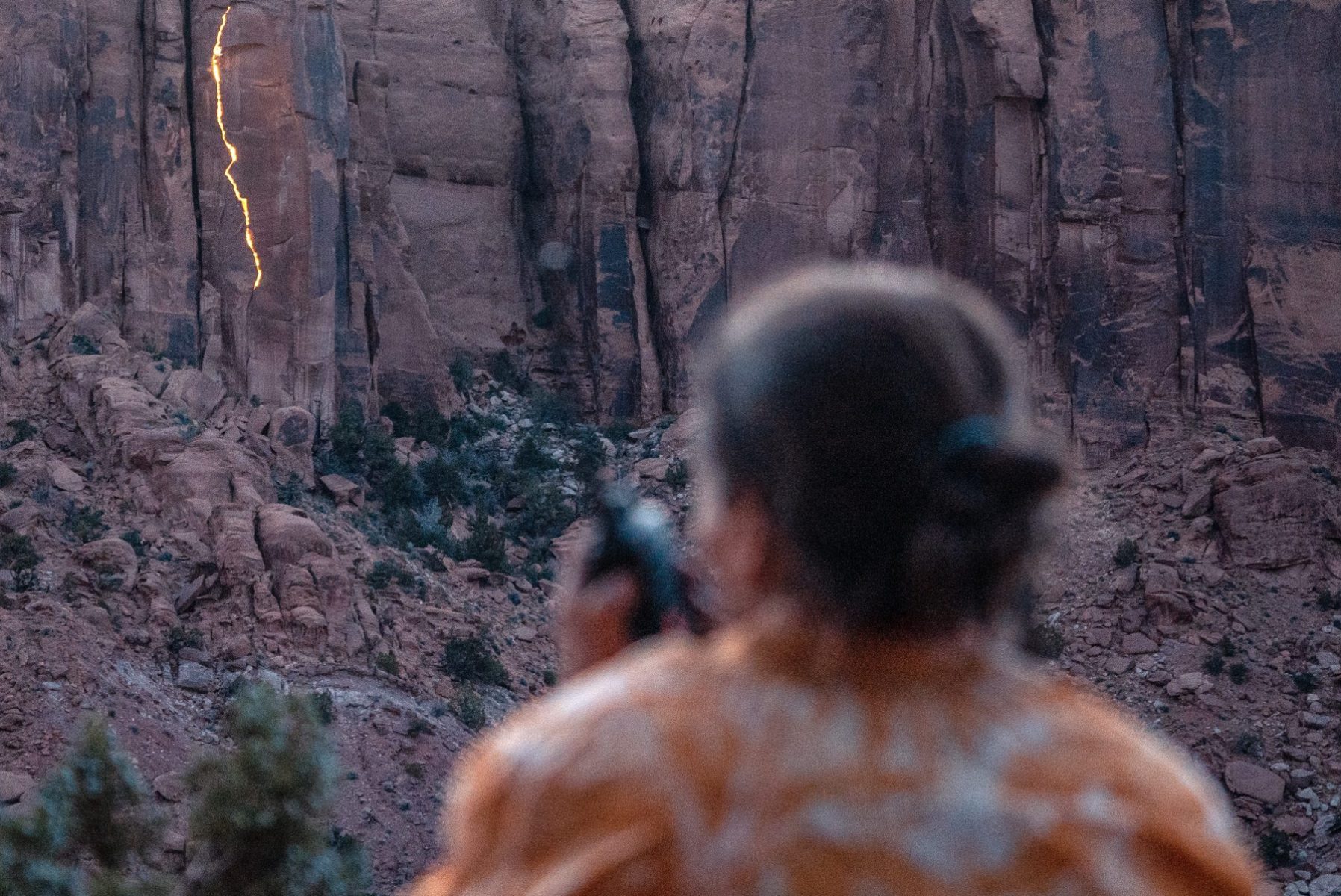
After debuting last week at South by Southwest, National Geographic’s Photographer is available to stream on Disney+, and world-renowned Australian adventure photographer Krystle Wright is one of the subjects of the six-part series. The first-ever female photographer to win the coveted Red Bull Illume Overall title, Wright focuses on a pair of projects: chasing down a tornado to photograph it and shooting an interestingly illuminated rock face in Moab. “I think it’s a beautiful series that celebrates the craft and the process of what it is to become a professional photographer. When I think back to great images that have lingered with me, I can still remember images from when I was a kid,” Wright tells InsideHook. “Only a handful of images have stayed with me, but what a powerful concept to embrace or even to aim for as a creator myself. Could I create an image that I might have that same effect on someone else?” Find out for yourself with some of Wright’s work and her commentary.
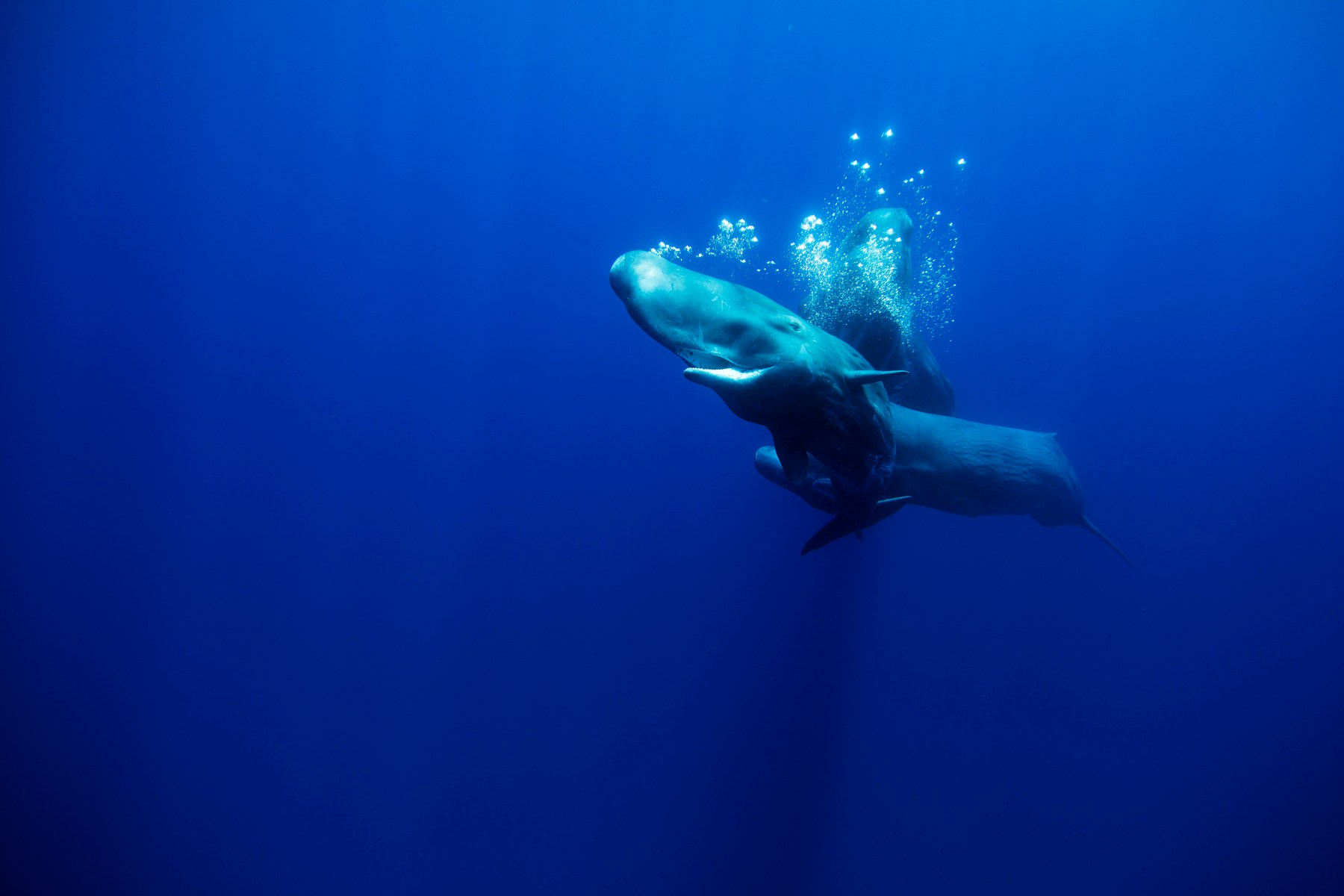
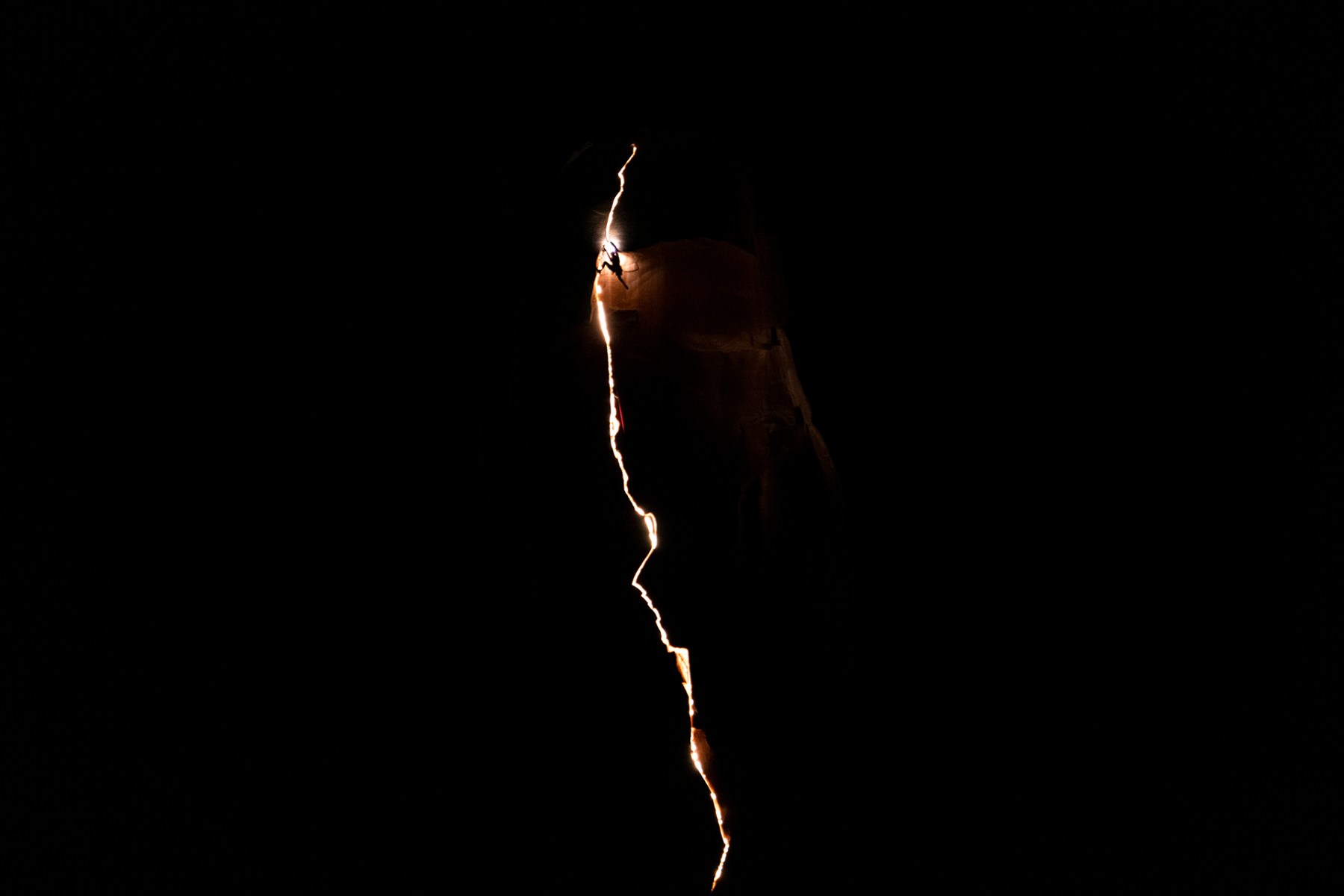
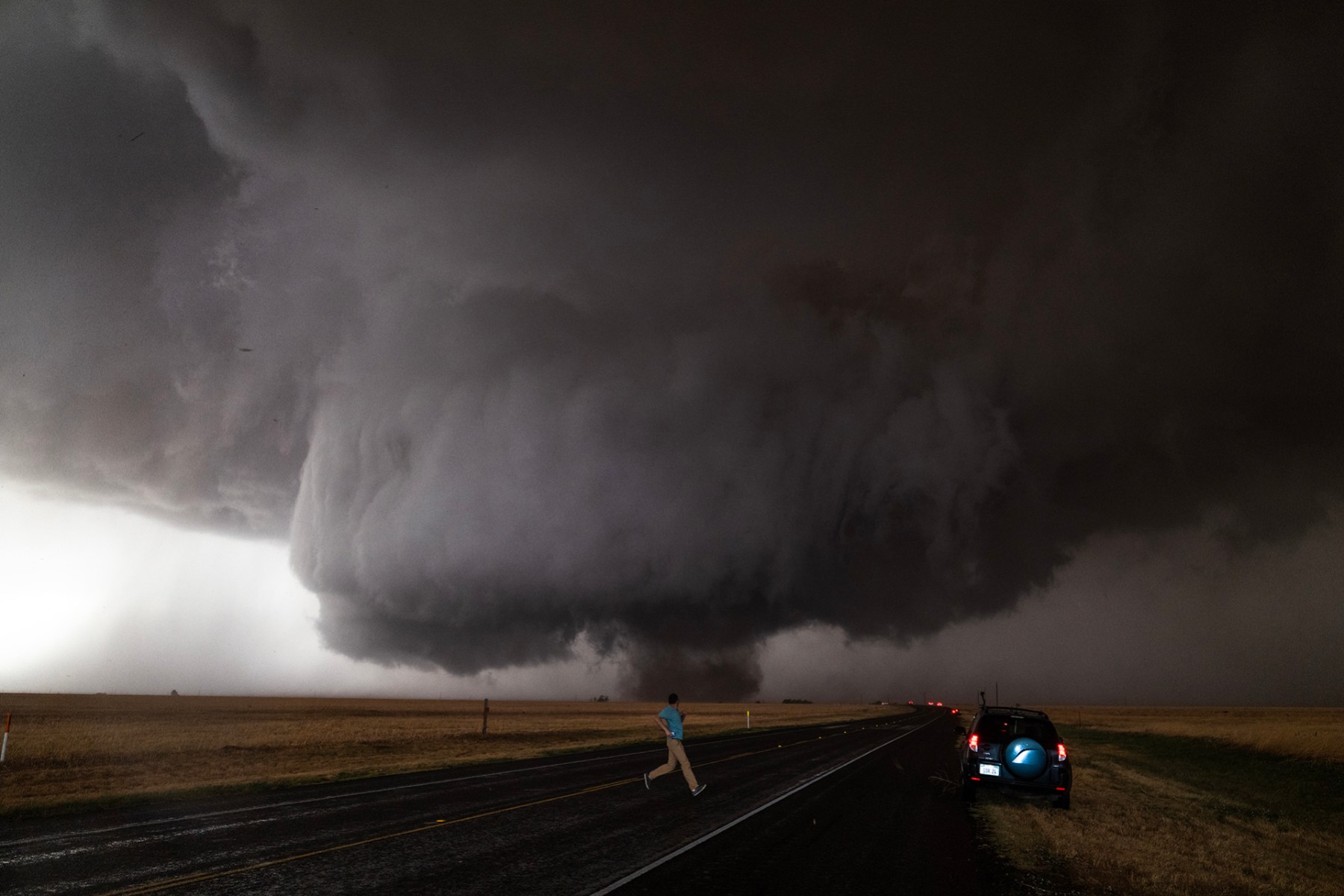 supercell. It's pretty cool, because aside from the actual funnel hitting the ground, that next layer of cloud basically sort of goes through the middle of the image. That's what you call a wall cloud. That's always the first indication before a tornado drops and sometimes amateur storm chasers will mistake that for the tornado. Thankfully, there was no damage. Most tornadoes I've witnessed landed in open empty fields." decoding="async" srcset="https://www.insidehook.com/wp-content/uploads/2024/03/KrystleWright_StormChaser.jpg?w=1920 1920w, https://www.insidehook.com/wp-content/uploads/2024/03/KrystleWright_StormChaser.jpg?w=1536 1536w, https://www.insidehook.com/wp-content/uploads/2024/03/KrystleWright_StormChaser.jpg?w=1800 1800w, https://www.insidehook.com/wp-content/uploads/2024/03/KrystleWright_StormChaser.jpg?w=1200 1200w, https://www.insidehook.com/wp-content/uploads/2024/03/KrystleWright_StormChaser.jpg?w=750 750w, https://www.insidehook.com/wp-content/uploads/2024/03/KrystleWright_StormChaser.jpg?w=450 450w, https://www.insidehook.com/wp-content/uploads/2024/03/KrystleWright_StormChaser.jpg?w=150 150w, https://www.insidehook.com/wp-content/uploads/2024/03/KrystleWright_StormChaser.jpg?w=50 50w" sizes="(max-width: 1000px) 100vw, 1000px" data-recalc-dims="1" />
supercell. It's pretty cool, because aside from the actual funnel hitting the ground, that next layer of cloud basically sort of goes through the middle of the image. That's what you call a wall cloud. That's always the first indication before a tornado drops and sometimes amateur storm chasers will mistake that for the tornado. Thankfully, there was no damage. Most tornadoes I've witnessed landed in open empty fields." decoding="async" srcset="https://www.insidehook.com/wp-content/uploads/2024/03/KrystleWright_StormChaser.jpg?w=1920 1920w, https://www.insidehook.com/wp-content/uploads/2024/03/KrystleWright_StormChaser.jpg?w=1536 1536w, https://www.insidehook.com/wp-content/uploads/2024/03/KrystleWright_StormChaser.jpg?w=1800 1800w, https://www.insidehook.com/wp-content/uploads/2024/03/KrystleWright_StormChaser.jpg?w=1200 1200w, https://www.insidehook.com/wp-content/uploads/2024/03/KrystleWright_StormChaser.jpg?w=750 750w, https://www.insidehook.com/wp-content/uploads/2024/03/KrystleWright_StormChaser.jpg?w=450 450w, https://www.insidehook.com/wp-content/uploads/2024/03/KrystleWright_StormChaser.jpg?w=150 150w, https://www.insidehook.com/wp-content/uploads/2024/03/KrystleWright_StormChaser.jpg?w=50 50w" sizes="(max-width: 1000px) 100vw, 1000px" data-recalc-dims="1" /> 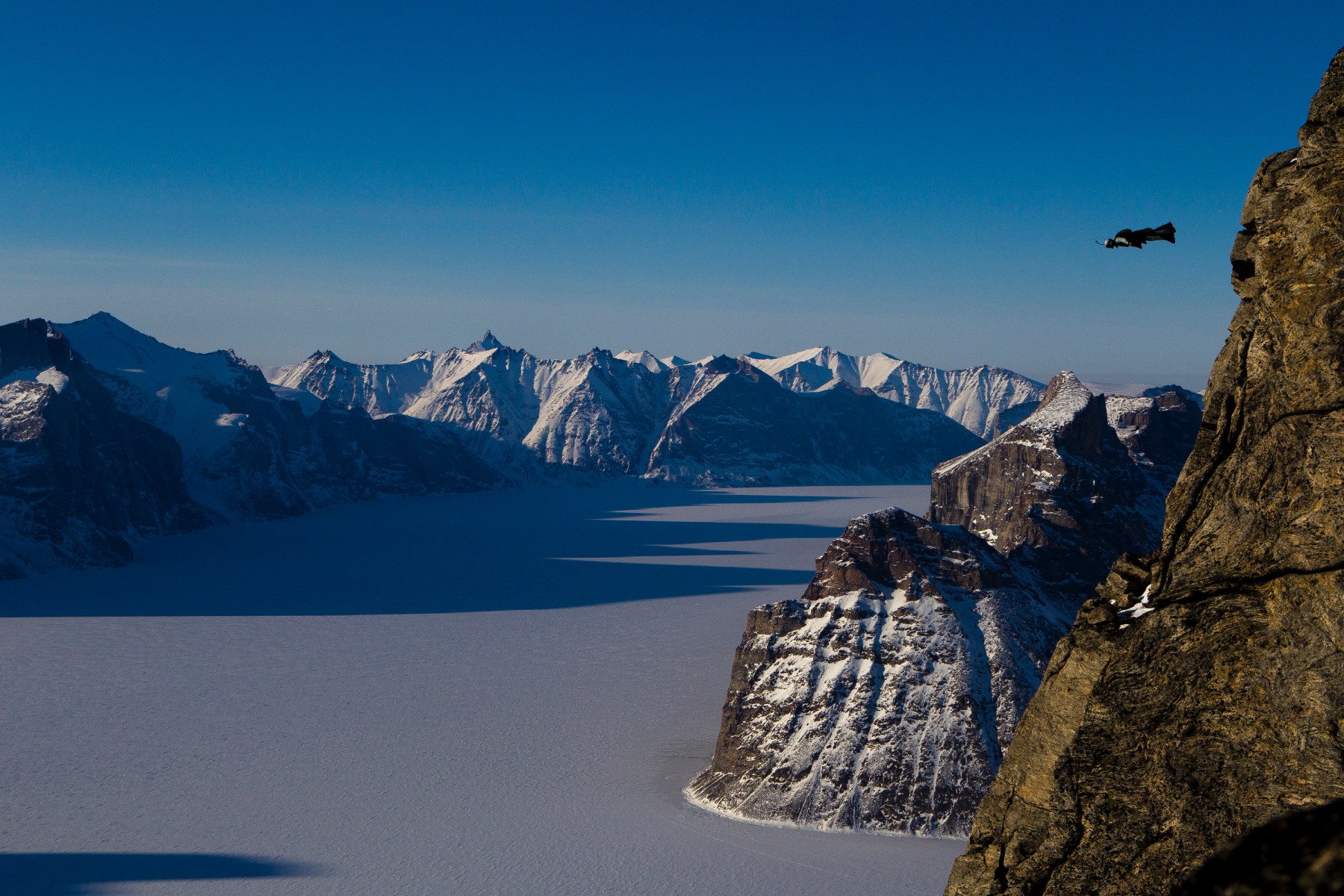
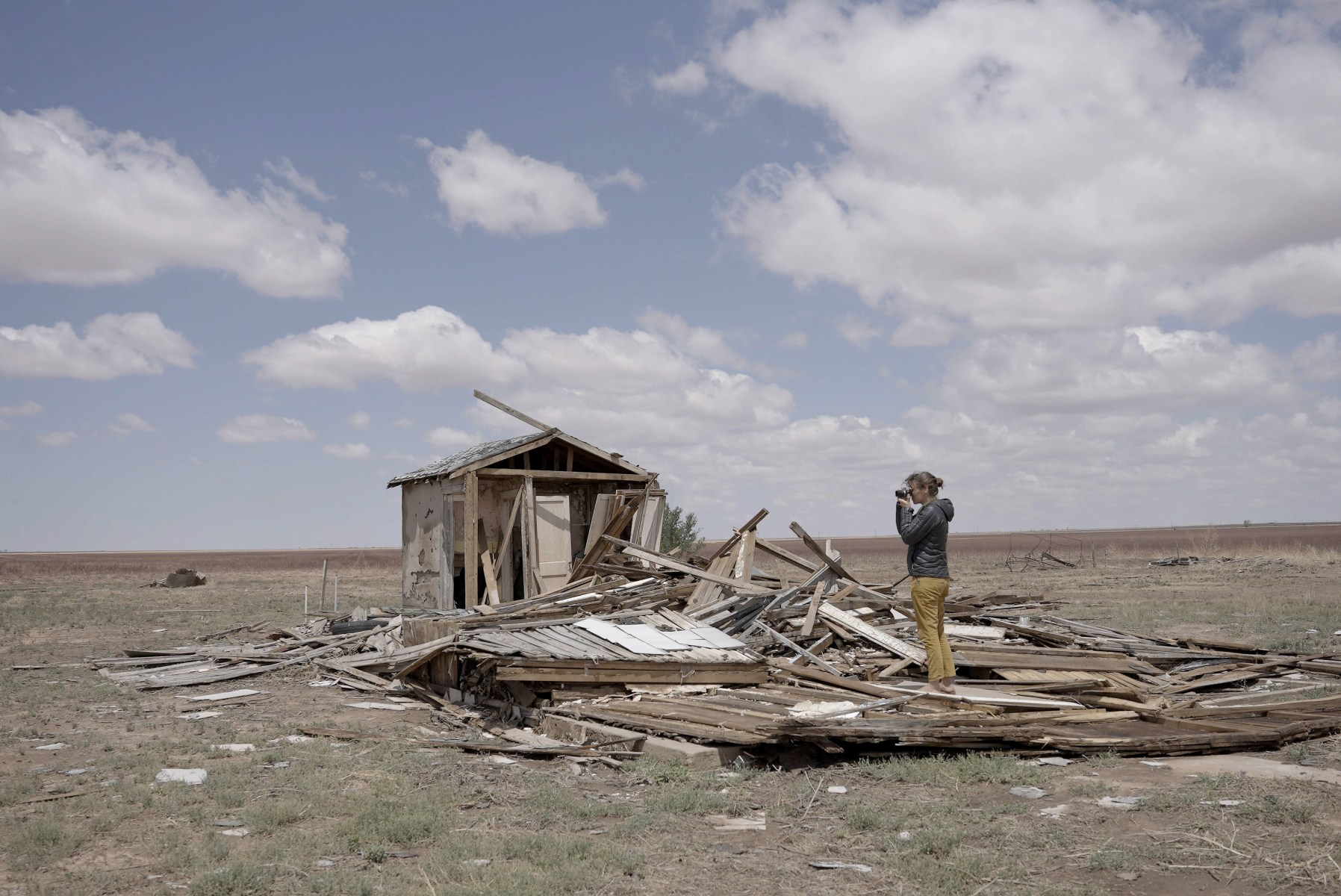
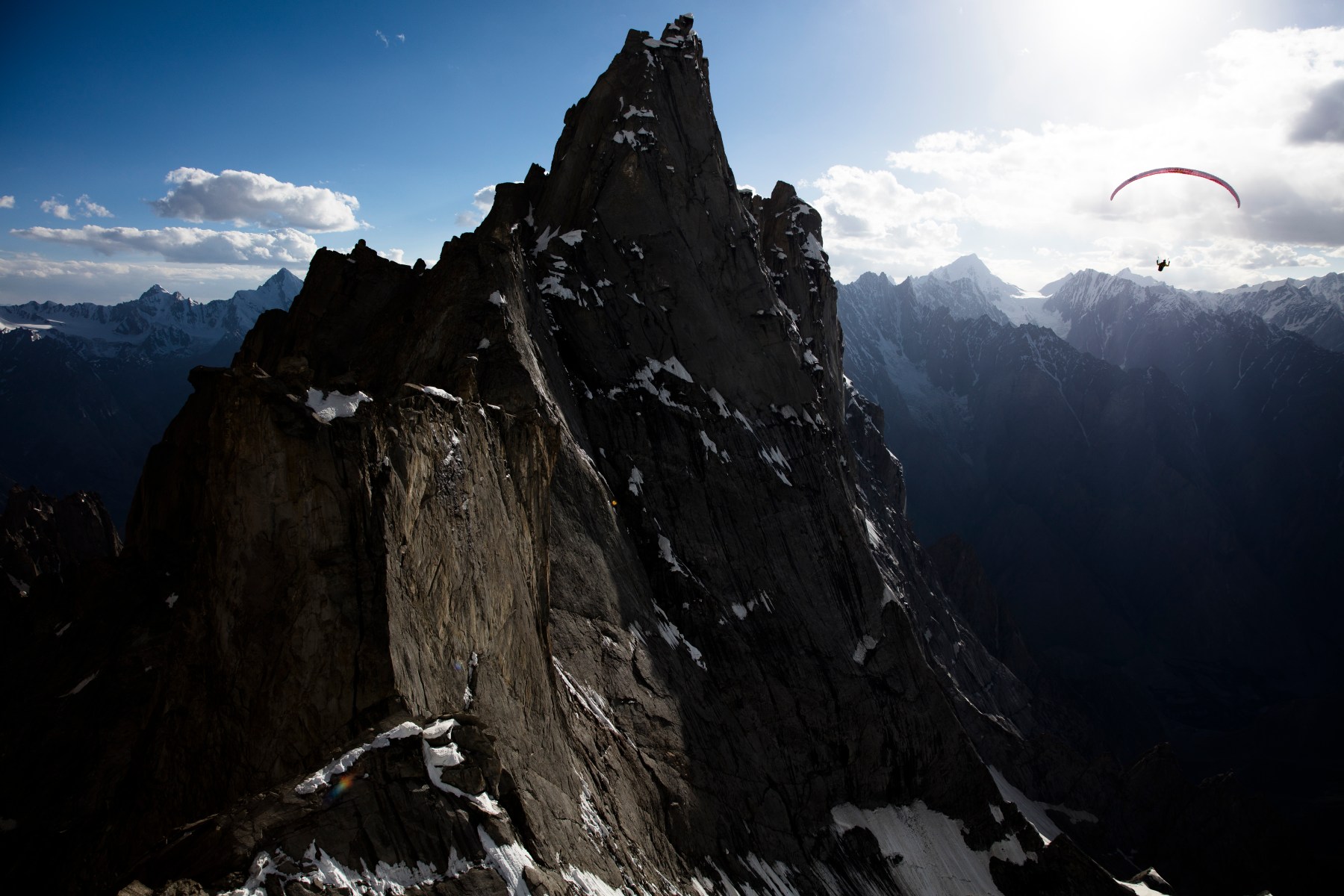
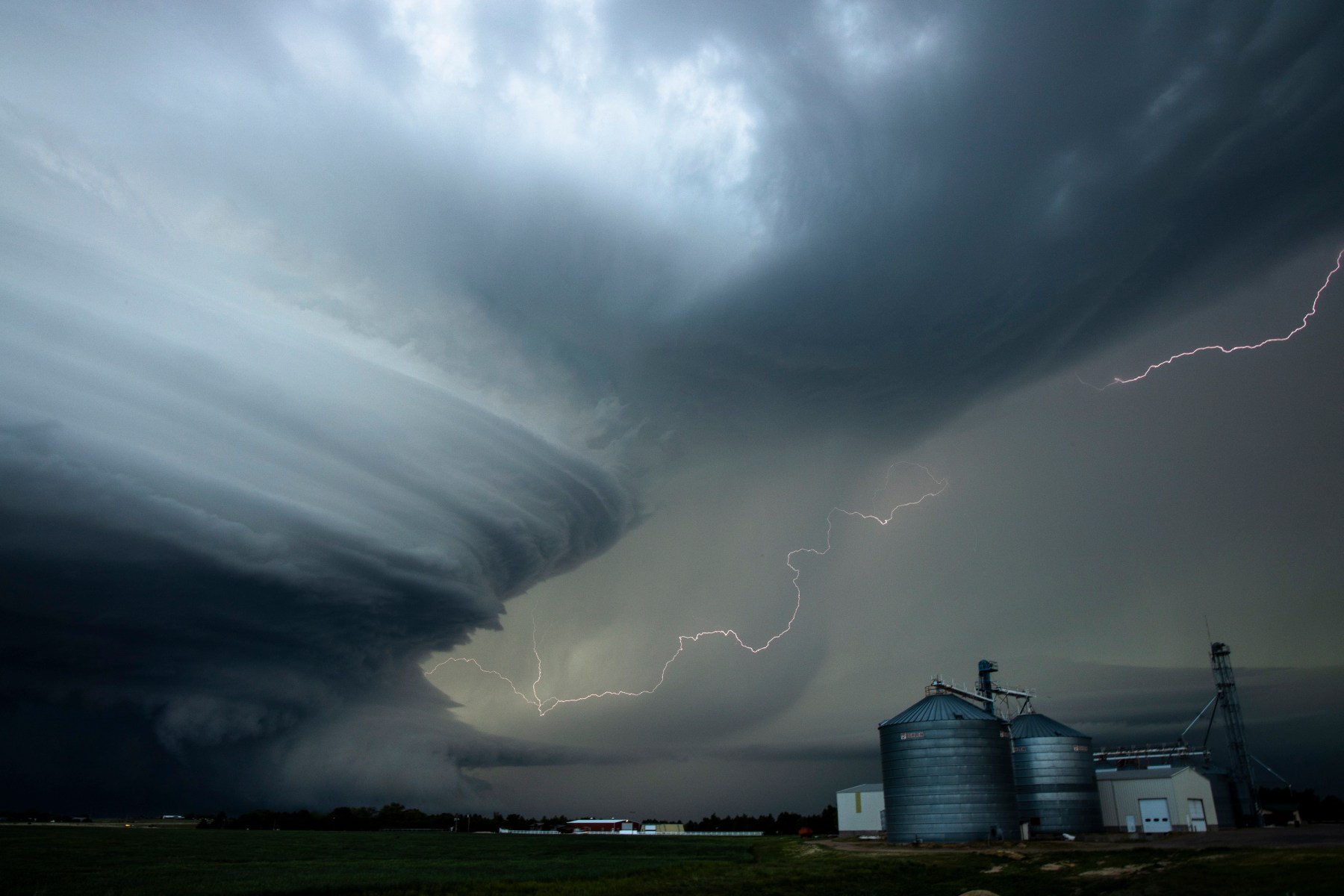
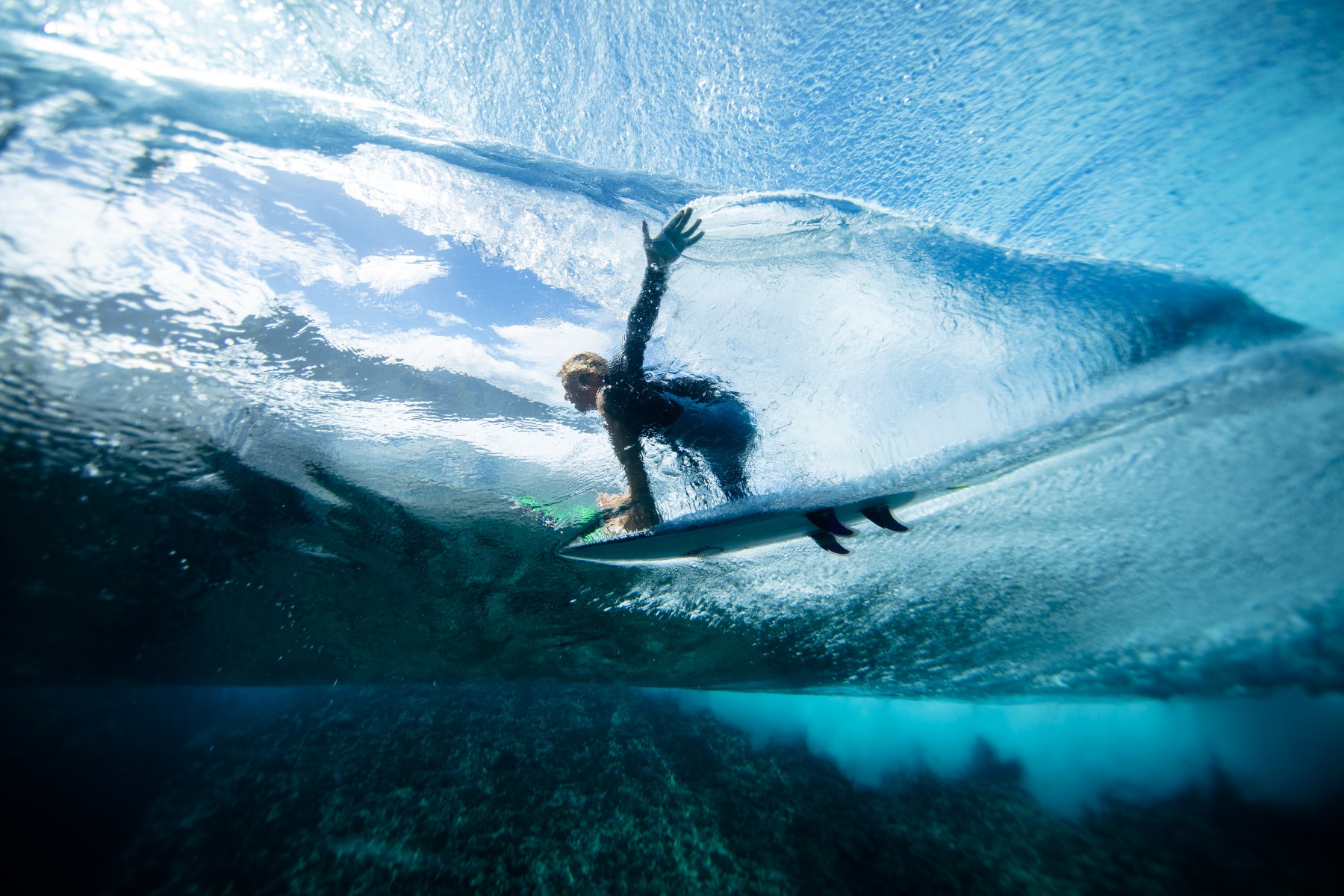
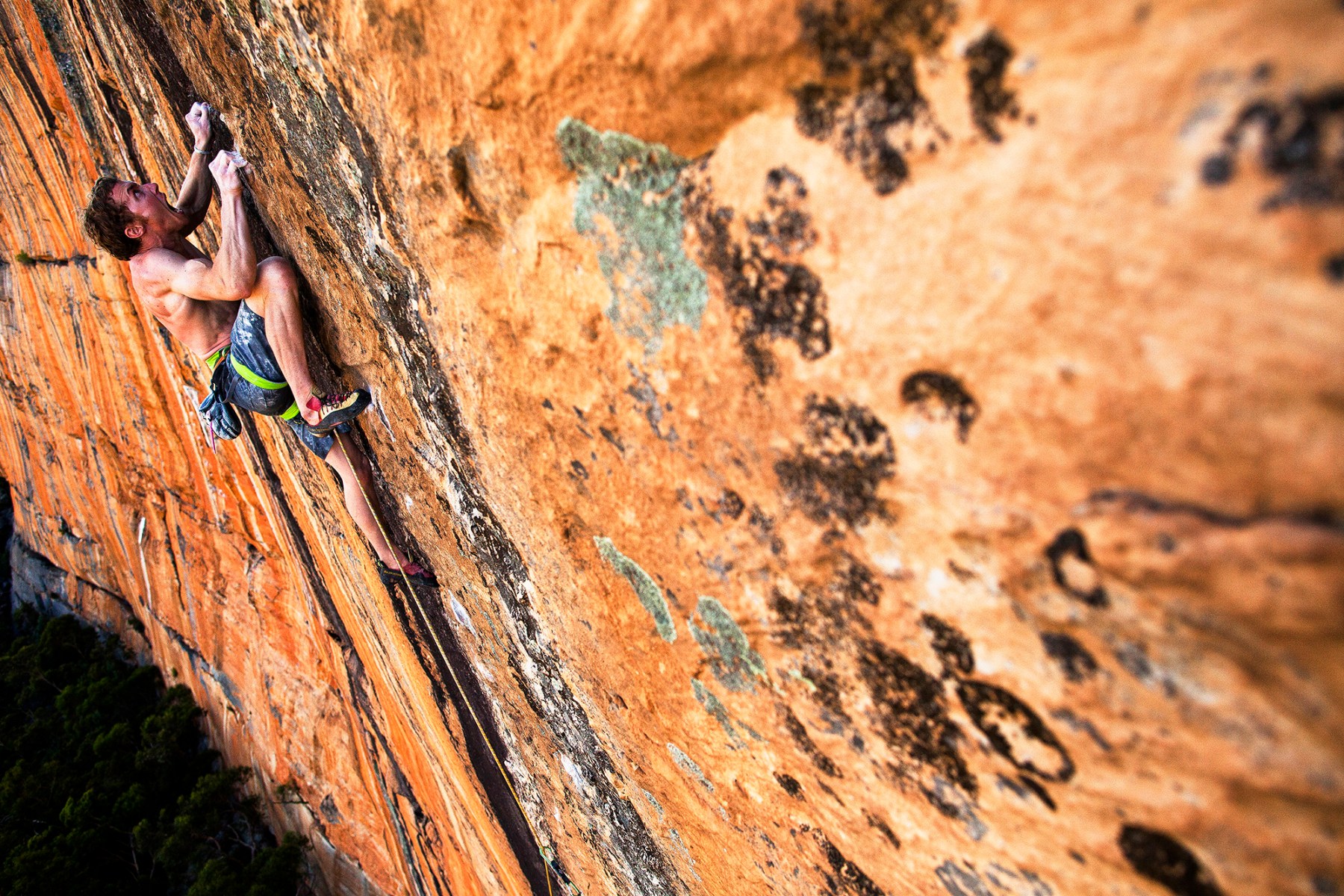
After debuting last week at South by Southwest, National Geographic’s Photographer is available to stream on Disney+, and world-renowned Australian adventure photographer Krystle Wright is one of the subjects of the six-part series. The first-ever female photographer to win the coveted Red Bull Illume Overall title, Wright focuses on a pair of projects: chasing down a tornado to photograph it and shooting an interestingly illuminated rock face in Moab. “I think it’s a beautiful series that celebrates the craft and the process of what it is to become a professional photographer. When I think back to great images that have lingered with me, I can still remember images from when I was a kid,” Wright tells InsideHook. “Only a handful of images have stayed with me, but what a powerful concept to embrace or even to aim for as a creator myself. Could I create an image that I might have that same effect on someone else?” Find out for yourself with some of Wright’s work and her commentary.
This article was featured in the InsideHook newsletter. Sign up now.
MEET US AT YOUR INBOX. FIRST ROUND'S ON US.
Join America's Fastest Growing Spirits Newsletter THE SPILL. Unlock all the reviews, recipes and revelry — and get 15% off award-winning La Tierra de Acre Mezcal.
Thanks for signing up.
Check out our other expertly curated newsletters — our weekly travel dossier, our daily deals roundup — right this way.
Send this article to your friends
Thanks for sharing,
Sign up for InsideHook to get our best content delivered to your inbox every weekday. It’s free. And awesome.



